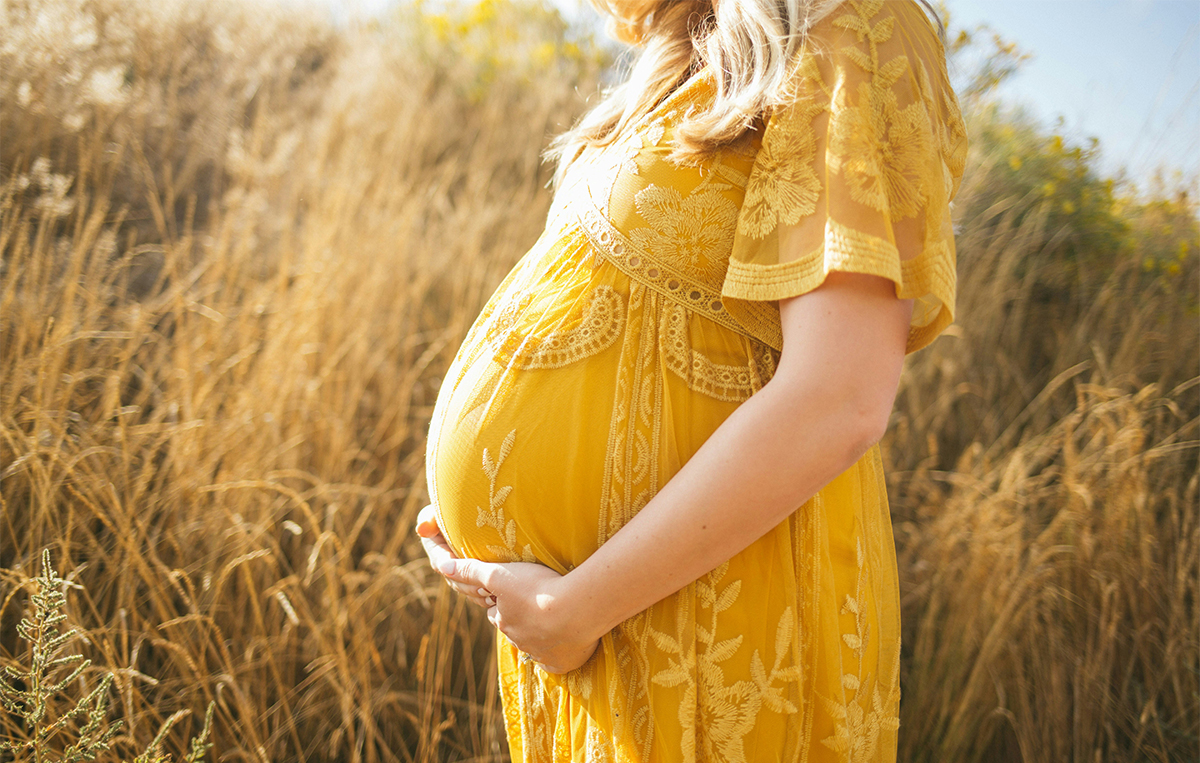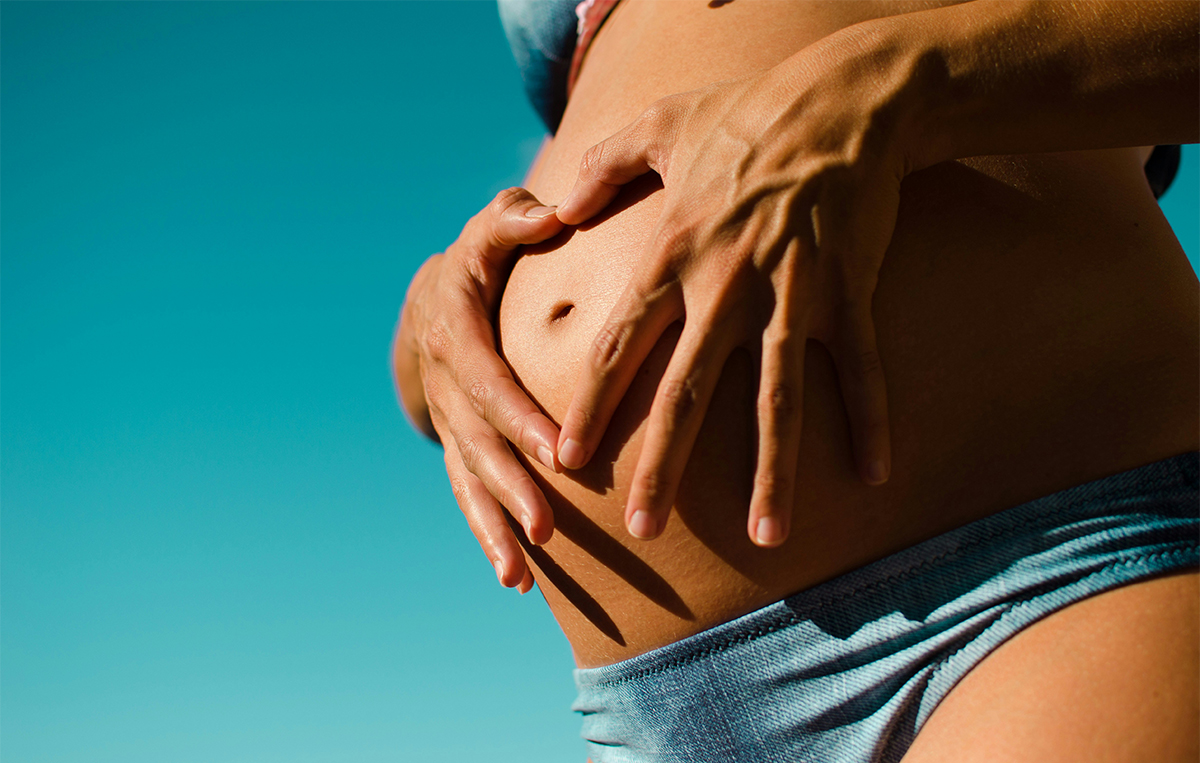Whether you jog daily or just dash to catch the train, you are prone to shin splints. Knowing how to deal with the physical symptoms of shin splints is vital information, even for non-sporty types.
What are shin splints
The term shin splints is a name often given to any pain at the front of the lower leg. However, ‘true’ shin splints symptoms occur at the front inside of the shin bone. Many athletes develop shin splints (aka medial tibial stress syndrome) at some point. Whilst shin splints often heal on their own, severe shin splints can be a problem.
Causes Of Shin Splints
Shin Splints are a symptom of an underlying problem, generally be caused by or are a symptom of physical stress including:
- Overuse, tight muscles.
- Stress fractures (tiny, hairline breaks in the lower leg bones)
- Over-pronation or ”flat feet”, which is when the impact of a step causes the arch of your foot to collapse, stretching the muscles and tendons.
Shin splints are very common. They are the cause of 13% of all running injuries. Runners might get them after increasing the intensity of their running or changing the surface they run on from a relatively soft surface to a hard surface. Shin splints are also common in dancers. Bespoke sports massage is the logical way to avoid or treat shin splints.
BOOK YOUR SPORTS MASSAGE FOR SHIN SPLINTS IN TRURO HERE
Shin Splint Symptoms:
- Pain over the inside lower half of the shin.
- Pain at the start of exercise often eases as the session continues
- Pain often returns after activity and may be at its worse the next morning.
- Sometimes swelling.
- Lumps and bumps may be felt when feeling the inside of the shin bone.
- Pain when the toes or foot are bent downwards.
- Redness over the inside of the shin (however this is not always present).
Treating Shin Splints
- Rest to allow the injury to heal.
- Apply ice or cold therapy in the early stages, particularly when it is very painful.
- Stretch to prevent and assist recovery… READ MORE
- Wear shock-absorbing insoles in your shoes, this will help reduce the stress on the lower leg.
- Maintain fitness with other non-weight-bearing exercises such as swimming, cycling or running in water.
- Apply heat and use a heat retainer or shin and calf support after the initial acute stage and particularly before training. This can provide support and compression to the lower leg helping to reduce the strain on the muscles. It will also retain the natural heat which causes blood vessels to dilate and increases the flow of blood to the tissues to aid healing.
- Targeted sports massage for rehabilitation is very important and will assist in a speedy recovery.
BOOK YOUR SPORTS MASSAGE FOR SHIN SPLINTS IN TRURO HERE
Getting Back To Running Post Shin Splints.
After about two weeks (generally) Shin Splint symptoms have generally resolved you can reinstate your running training programme using the following restrictions:
- Stretching and strengthening exercises (twice a day).
- Running on the level and soft terrain is best.
- Limit your distance to 50% of that tolerated pre-injury.
- Reduce your intensity (pace) by one-half.
- Only then can a gradual increase in pace be attempted,.
- Over a three to six-week period, a gradual increase in distance is allowed.
As part of your Maga sports massage/ remedial therapy treatment (s) you will receive targeted advice to prevent physical stress or treat your shin splints.
BOOK YOUR SPORTS MASSAGE FOR SHIN SPLINTS IN TRURO HERE
Discover Maga Therapy Treatments





